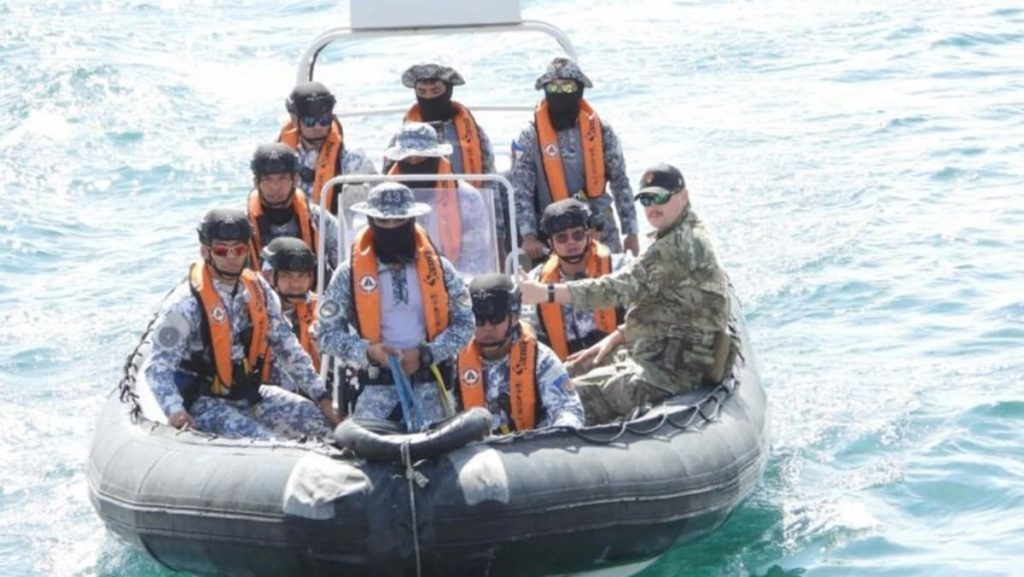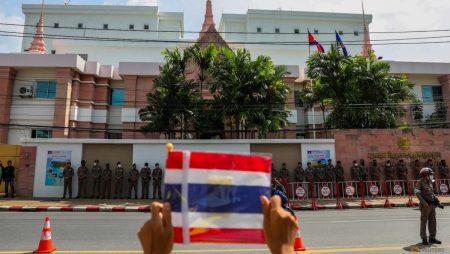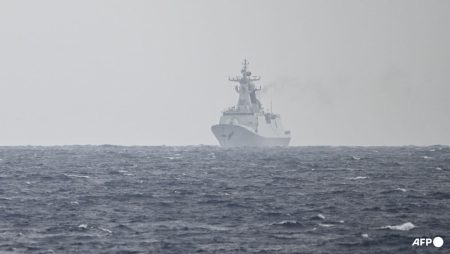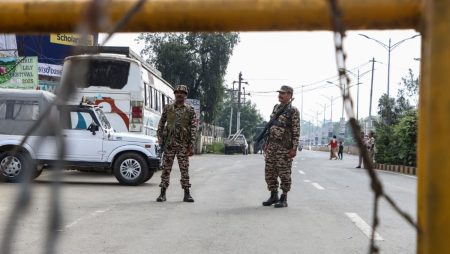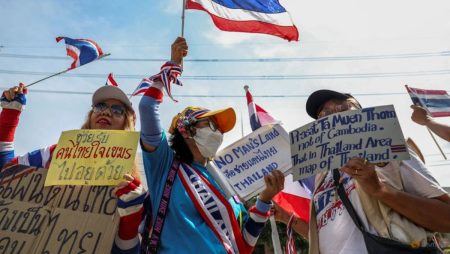The recent training exercise conducted by Vietnamese maritime law enforcement agencies underscores the growing tensions and complex maritime security landscape in the South China Sea. The training encompassed a range of crucial skills, including safe vessel boarding procedures at sea, a critical element for conducting effective inspections and interventions in challenging maritime environments. Participants also received instruction on relevant maritime law, equipping them with the legal framework necessary to operate within international and domestic regulations. The training emphasized proper evidence collection and preservation techniques, crucial for building strong legal cases in instances of maritime disputes or violations. Recognizing the inherent risks involved in maritime operations, the training also incorporated safety and risk mitigation strategies, preparing personnel for a variety of potential scenarios. Finally, the curriculum included instruction on arrest techniques, providing officers with the tools to apprehend individuals at sea while adhering to legal protocols and ensuring the safety of all involved. The presence of Australian Border Force personnel as observers further highlights the regional and international interest in maritime security in the South China Sea.
The participation of multiple Vietnamese agencies, including the coast guard, customs enforcers, and fisheries surveillance officials, demonstrates a coordinated approach to safeguarding Vietnam’s maritime interests. This multi-agency approach allows for a more comprehensive and effective response to various maritime challenges, ranging from illegal fishing and smuggling to territorial disputes. The training serves to standardize procedures and enhance interoperability among these agencies, creating a more cohesive and robust maritime security apparatus. This collaborative framework is particularly crucial in the context of the South China Sea, where overlapping claims and increasing assertiveness by regional powers necessitate a unified and well-prepared response. The training contributes to Vietnam’s ability to protect its sovereign rights and manage maritime security challenges in a complex and contested environment.
The context of this training is inextricably linked to China’s growing naval presence and assertive actions in the South China Sea. China’s rapid naval expansion in recent years, coupled with its increasingly assertive posture, has heightened tensions and concerns among its neighbors and the broader international community. China’s claims to extensive areas of the South China Sea, including disputed islands, reefs, and waters, have led to confrontations with other claimant states, including Vietnam, the Philippines, Malaysia, Brunei, and Indonesia. These confrontations often involve the deployment of Chinese coast guard vessels, which have been accused of harassing fishing vessels, interfering with oil and gas exploration activities, and constructing artificial islands to solidify China’s territorial claims. This assertive behavior underscores the strategic importance of the South China Sea, which serves as a vital waterway for global trade and contains rich fishing grounds and potentially significant energy resources.
Recent incidents involving Chinese vessels further illustrate the escalating tensions in the South China Sea and the challenges faced by smaller nations in asserting their maritime rights. The deployment of Chinese navy and coast guard vessels to block Philippine access to strategically important reefs and islands underscores the ongoing struggle for control of these contested areas. These actions disrupt traditional fishing activities and impede the Philippines’ ability to exercise sovereignty over its claimed territory. The reported attack on Vietnamese fishermen, where they were allegedly beaten and robbed by Chinese personnel, highlights the potential for violence and the human cost of these maritime disputes. Such incidents create an atmosphere of fear and insecurity for fishermen operating in these waters and strain diplomatic relations between the involved countries.
Indonesia’s repeated confrontations with Chinese coast guard vessels in contested waters demonstrate the challenges faced by countries seeking to uphold their maritime claims in the face of China’s assertiveness. The incidents involving Indonesian authorities driving Chinese vessels from disputed areas illustrate the determination of these nations to defend their sovereign rights. These standoffs underscore the volatile nature of the South China Sea dispute and the potential for escalation. The recurring nature of these encounters highlights the persistent challenge posed by China’s maritime expansion and the need for a coordinated regional and international response to manage the situation and prevent further escalation.
The training conducted by Vietnamese maritime law enforcement agencies, along with the observed presence of Australian Border Force personnel, represents a proactive measure to prepare for and respond to the complex and evolving security challenges in the South China Sea. By enhancing the capacity of its maritime forces to operate effectively and safely, Vietnam strengthens its ability to protect its maritime interests and contribute to regional stability. This training also serves as a signal of regional cooperation and a shared commitment to upholding international law and maintaining a rules-based order in the South China Sea. In the face of growing tensions and the increasing complexity of maritime security challenges, such capacity-building initiatives are critical for promoting peaceful resolution of disputes and ensuring the safety and security of all stakeholders in this vital maritime region.




